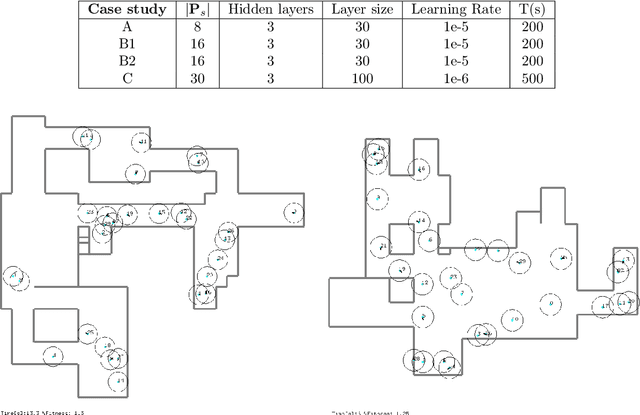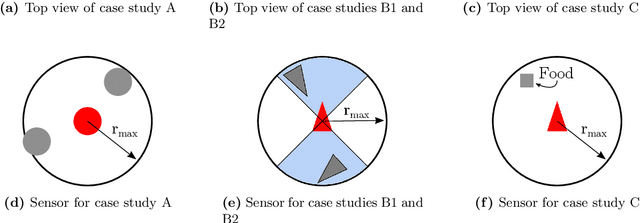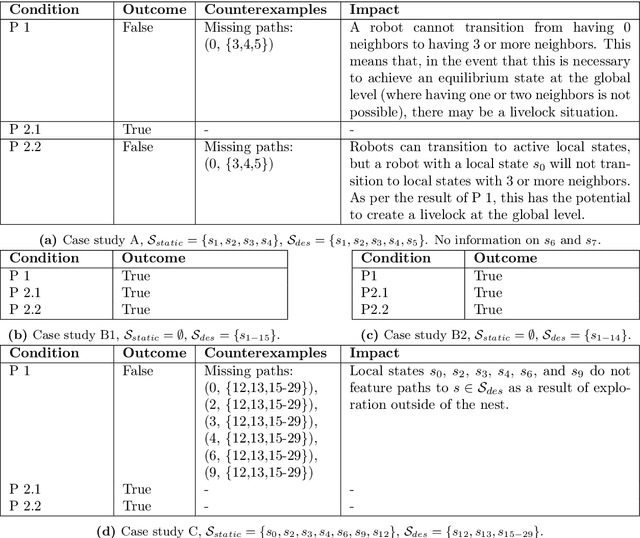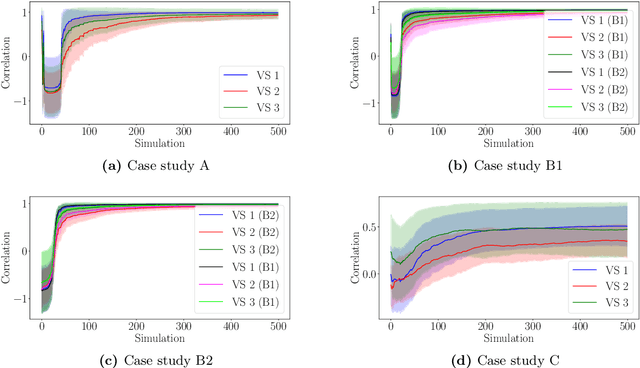Eberhard Gill
Addressing Camera Sensors Faults in Vision-Based Navigation: Simulation and Dataset Development
Jul 03, 2025Abstract:The increasing importance of Vision-Based Navigation (VBN) algorithms in space missions raises numerous challenges in ensuring their reliability and operational robustness. Sensor faults can lead to inaccurate outputs from navigation algorithms or even complete data processing faults, potentially compromising mission objectives. Artificial Intelligence (AI) offers a powerful solution for detecting such faults, overcoming many of the limitations associated with traditional fault detection methods. However, the primary obstacle to the adoption of AI in this context is the lack of sufficient and representative datasets containing faulty image data. This study addresses these challenges by focusing on an interplanetary exploration mission scenario. A comprehensive analysis of potential fault cases in camera sensors used within the VBN pipeline is presented. The causes and effects of these faults are systematically characterized, including their impact on image quality and navigation algorithm performance, as well as commonly employed mitigation strategies. To support this analysis, a simulation framework is introduced to recreate faulty conditions in synthetically generated images, enabling a systematic and controlled reproduction of faulty data. The resulting dataset of fault-injected images provides a valuable tool for training and testing AI-based fault detection algorithms. The final link to the dataset will be added after an embargo period. For peer-reviewers, this private link is available.
Convolutional Neural Network Design and Evaluation for Real-Time Multivariate Time Series Fault Detection in Spacecraft Attitude Sensors
Oct 11, 2024



Abstract:Traditional anomaly detection techniques onboard satellites are based on reliable, yet limited, thresholding mechanisms which are designed to monitor univariate signals and trigger recovery actions according to specific European Cooperation for Space Standardization (ECSS) standards. However, Artificial Intelligence-based Fault Detection, Isolation and Recovery (FDIR) solutions have recently raised with the prospect to overcome the limitations of these standard methods, expanding the range of detectable failures and improving response times. This paper presents a novel approach to detecting stuck values within the Accelerometer and Inertial Measurement Unit of a drone-like spacecraft for the exploration of Small Solar System Bodies (SSSB), leveraging a multi-channel Convolutional Neural Network (CNN) to perform multi-target classification and independently detect faults in the sensors. Significant attention has been dedicated to ensuring the compatibility of the algorithm within the onboard FDIR system, representing a step forward to the in-orbit validation of a technology that remains experimental until its robustness is thoroughly proven. An integration methodology is proposed to enable the network to effectively detect anomalies and trigger recovery actions at the system level. The detection performances and the capability of the algorithm in reaction triggering are evaluated employing a set of custom-defined detection and system metrics, showing the outstanding performances of the algorithm in performing its FDIR task.
A model-based framework for learning transparent swarm behaviors
Mar 09, 2021



Abstract:This paper proposes a model-based framework to automatically and efficiently design understandable and verifiable behaviors for swarms of robots. The framework is based on the automatic extraction of two distinct models: 1) a neural network model trained to estimate the relationship between the robots' sensor readings and the global performance of the swarm, and 2) a probabilistic state transition model that explicitly models the local state transitions (i.e., transitions in observations from the perspective of a single robot in the swarm) given a policy. The models can be trained from a data set of simulated runs featuring random policies. The first model is used to automatically extract a set of local states that are expected to maximize the global performance. These local states are referred to as desired local states. The second model is used to optimize a stochastic policy so as to increase the probability that the robots in the swarm observe one of the desired local states. Following these steps, the framework proposed in this paper can efficiently lead to effective controllers. This is tested on four case studies, featuring aggregation and foraging tasks. Importantly, thanks to the models, the framework allows us to understand and inspect a swarm's behavior. To this end, we propose verification checks to identify some potential issues that may prevent the swarm from achieving the desired global objective. In addition, we explore how the framework can be used in combination with a "standard" evolutionary robotics strategy (i.e., where performance is measured via simulation), or with online learning.
 Add to Chrome
Add to Chrome Add to Firefox
Add to Firefox Add to Edge
Add to Edge